How do Directors Loans work?
As the director of a limited company one of the fundamental things to remember is that the money held within the company does not belong to you. Technically it belongs to the company. However, there may be times when you need to borrow money from your limited company – to purchase a car, or a new piece of equipment for instance.
You can do this by taking a directors loan from your limited company. This article details everything you need, including time-frame for repaying the loan and how to repay it.
What is a Directors Loan?

HMRC classifies a director’s loan as “money that is taken out of the limited company that isn’t a salary, a dividend or an expenses repayment. Or, money that you have previously paid into or loaned the company.”
Any money that is taken out or repaid to the limited company must be recorded and it is generally done so using a director’s loan account. Any money that is owed to you as a director from the company is recorded in the company’s books as a creditor. Likewise, any money that you owe to the company is recorded as a debtor.
Tax implications on Directors Loans
There are certain taxes you need to take into consideration when taking out a director’s loan. These are:
Corporation Tax charge
Any loans that are outstanding at your company’s period end must be detailed on the company’s accounts and company tax return. Additionally, if the loan is not repaid within nine months of the company’s accounting period end, then the company pays an additional Corporation Tax at 32.5% if the loan was taken out after 6th April 2016. This is known as an S455 charge.
The good news is, the S455 charge is repayable by HMRC when the loan is repaid.
Timing is key
If you are thinking of taking out a director’s loan it’s important to time it carefully to give you the maximum time to repay it. Borrowing money on the first day of your company’s accounting year will give you approximately 21 months to repay it, whereas taking it at the end only leaves you nine months to repay it to avoid the S455 charge.

Benefit in Kind
A director’s loan may be classed as a benefit in kind. A benefit in kind is when a director (oran employee) of a company receives a benefit from the company that isn’t included in their salary or wages. The may also be referred to as ‘perks’ or ‘fringe benefits.’ If at any time throughout the year the loan exceeds £10,000 a benefit in kind is due and the benefit calculation must be included on the director’s P11D form. However, if the director pays HMRC’s Approved Rate of Interest (currently 2.5% p.a.) on the loan then there will be no benefit in kind due. But, the amount loaned, the benefit in kind calculation and interest payments should be detailed on the form P11D.
How to repay the loan
Repaying the loan is relatively easy. You can simply transfer the money into the limited company’s bank account or credit the director’s loan account with a salary or dividend payment.
Be aware of ‘Bed & Breakfasting’
The action of repaying a loan and taking out another one shortly after is classed by HMRC as ‘Bed and Breakfasting’. It is worth pointing out that HMRC strongly look down upon on this as they see it as a tax avoidance scheme.
To find out more, check out our post ‘Directors loans: 5 things you should know’
Need a hand?
A director’s loan is a complicated area of tax which takes careful planning in order to ensure your tax liability is kept to a minimum. If you’re interested in finding out further details on a director’s loan, give us a call on 01962 867550.
Note: All the information and advice in this blog post was correct at the time of writing.







